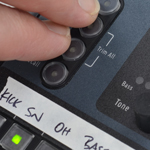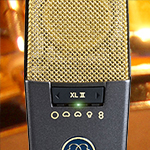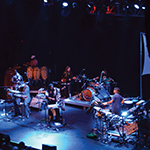Cat-5 Cables: Which Should I Use?
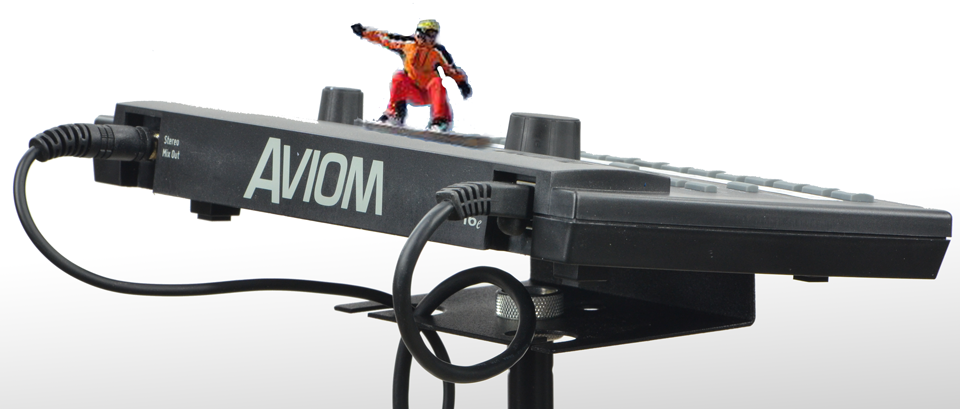
When it comes to the Cat-5e and Cat-6 cables used with your audio networking gear, the differences in cable specifications are not easy to see from the outside. We frequently get questions from users about which type of cables will work best for their application, from on-stage and studio monitoring to digital snakes.
Cable specification are getting more and more stringent because the amount of data being sent over Cat-5/6 cables is increasing.
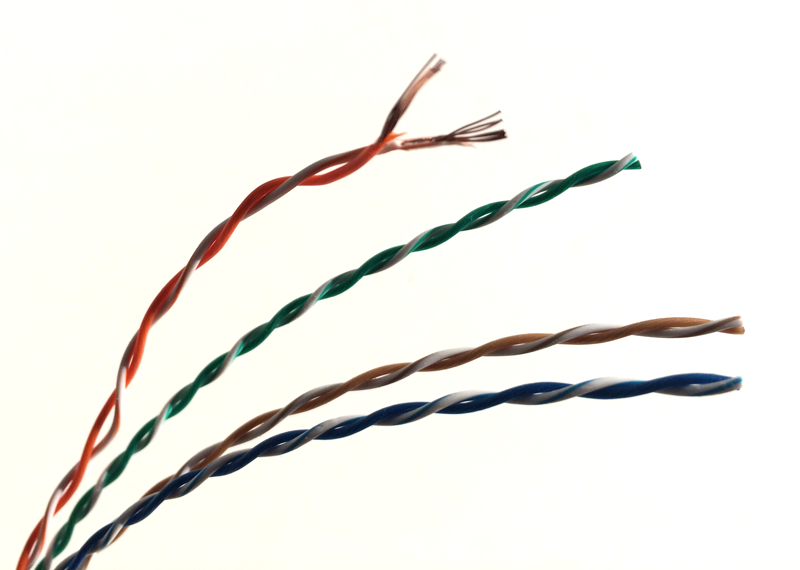
Cat-5e cable with stranded conductors
Cat-5e cables are intended to be used with 10/100 Mb/s 100Mhz networks while Cat-6 cabling can be used with 1/10 Gb/s networks running at 250 Mhz. A variant, Cat-6a, can be used with data rates up to 500 Mhz.
Cat-5e and Cat-6 cables are built with four pairs of wires internally. The cables differ in the amount of isolation between the individual wires and the wire pairs within the cable’s outer jacket as well as the number of twists used when creating each wire pair. Twisting the wire pairs has the effect of reducing interference and increasing the cable’s maximum range over which it can transmit data.
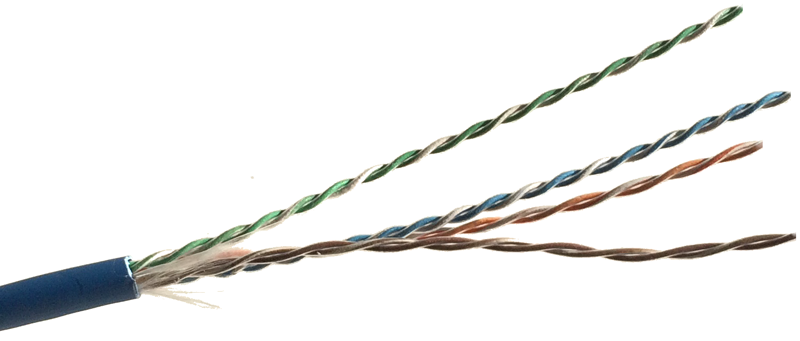
A Cat-6 cable’s wire pairs have tighter twists when compared to Cat-5e cables.
It’s Twisted
While precise cable twisting amounts vary by manufacturer, Cat-5e cables have, on average, two or less twists per cm, while Cat-6 cables have two or more twists per cm. It’s typical that no two wire pairs have the same amount of twists in any cable. Cat-5e and Cat-6 cables built with only the four wire pairs are referred to as Unshielded Twisted Pair and are usually marked with “UTP” printed on their jacket.
Shields Up
Shielding can also be used to protect the cable from interference. There are different ways to shield a Cat-5e/6 cable, but it typically involves placing a shield around each pair of wire inside the cable jacket.
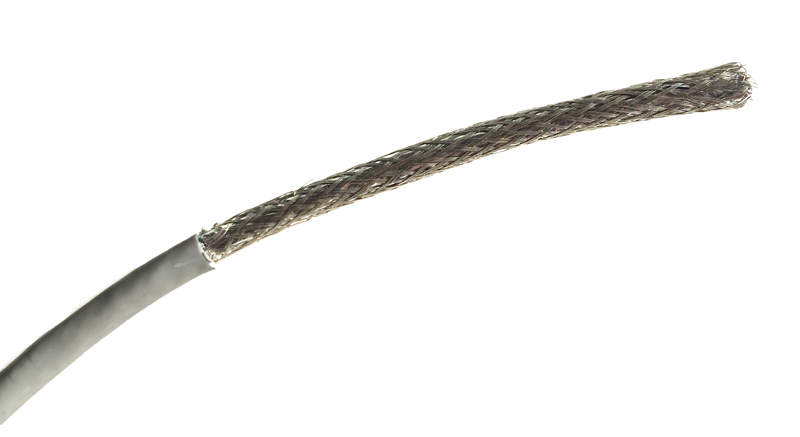
The braided shield on a Cat-5e STP cable surrounds the four internal wire pairs.
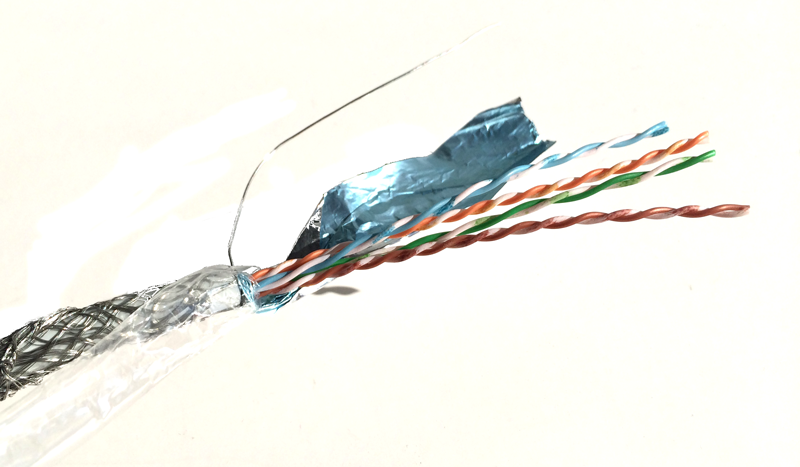
Here a shielded Cat-5e cable’s foil shield with optional drain wire can be seen.
This protects the four internal pairs from external noise, interference, and crosstalk. A shielded version of a Cat-5e/6 cable will be marked with “STP” on it jacked (Shield Twisted Pair). Some cables go the extra step of providing a screen around all wire pairs. These are called Screened STP cable and are marked with “S/STP” on their outer jacket.
Solid or Stranded?
Inside the cable, solid and stranded copper conductors are used in the wire pairs. Solid cable uses a single piece of copper for each conductor while stranded uses a group of copper cables twisted together to create each conductor. Stranded cable is more flexible and is easy to use in stage and studio applications. Solid cable is not as flexible but it is also more durable which makes it ideal for permanent installations.
In Use With A Personal Mixer
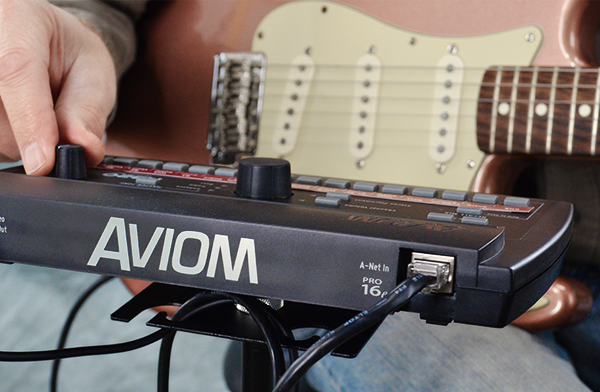 When it comes to your Personal Mixer, the bottom line is that you will not hear any audible difference based on the type of cable used with your Aviom products as long as it’s rated as Cat-5e or higher. Most cable lengths are short in a typical monitoring application, 10-25 feet (3-9m) and you won’t notice any difference until cables get really long.
When it comes to your Personal Mixer, the bottom line is that you will not hear any audible difference based on the type of cable used with your Aviom products as long as it’s rated as Cat-5e or higher. Most cable lengths are short in a typical monitoring application, 10-25 feet (3-9m) and you won’t notice any difference until cables get really long.
You will notice some differences in performance when you push cable lengths to the extremes (400+ feet, 120+ meters) as would happen in a digital snake application or between your console and an A-Net Distributor on a stage. There is a lot of variation from brand-to-brand, so it’s best to try different cable brands if you have an extreme case that you’re buying cable for.
Do you want to make your own Cat-5 cables? There’s a blog post for that!

